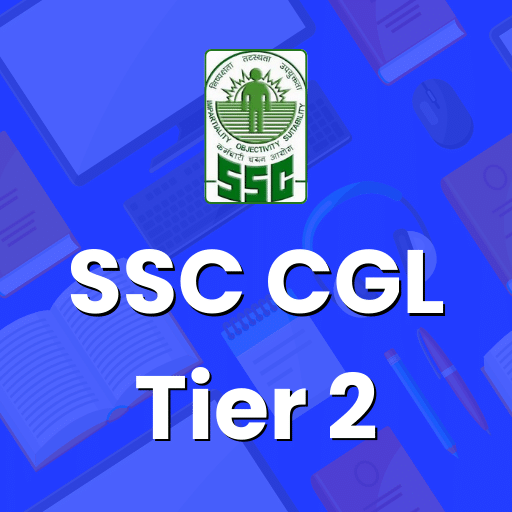Very Short Question Answers: Methods of Separation in Everyday Life | Science Class 6 PDF Download
Q1: What is the purpose of separating materials?
Ans: To organize and manage different materials effectively, improving efficiency and sustainability.
Q2: What is handpicking?
Ans: A method of separating substances based on size, color, or shape, often done manually.
Q3: Give an example of handpicking.
Ans: Separating black peppercorns from vegetable pulao by hand.
Q4: What is threshing?
Ans: The process of separating grains from harvested stalks by beating them.
Q5: How does winnowing work?
Ans: It uses wind to blow away lighter chaff while heavier grains fall to the ground.
Q6: What is the function of threshing machines?
Ans: To separate grains from stalks and remove husk efficiently.
Q7: What is sieving?
Ans: A method to separate particles based on size using a sieve.
Q8: What happens if sieve holes are too large?
Ans: Both fine and larger particles will pass through, making it ineffective.
Q9: How is salt obtained from seawater?
Ans: By evaporating seawater in shallow pits, leaving salt behind.
Q10: What is sedimentation?
Ans: The process where heavier, insoluble particles settle at the bottom of a liquid.
Q11: Define decantation.
Ans: Pouring off the liquid after sedimentation, leaving solids behind.
Q12: What is filtration?
Ans: A method to separate insoluble solids from liquids using a filter medium.
Q13: Give an example of filtration.
Ans: Filtering tea leaves from brewed tea using a strainer.
Q14: What is churning?
Ans: Agitating a mixture to separate lighter components, like butter from curd.
Q15: How does magnetic separation work?
Ans: It uses magnets to separate magnetic substances from non-magnetic ones.
Q16: Provide an example of magnetic separation.
Ans: Separating iron nails from sawdust using a magnet.
Q17: What materials can be used for filtration besides filter paper?
Ans: Cotton, charcoal, and sand can also be used as filters.
Q18: What is the primary focus of Ayurveda?
Ans: Holistic well-being using natural remedies from herbs and plants.
Q19: Why are plant materials dried in Ayurveda?
Ans: To remove excess moisture while preserving their medicinal properties.
Q20: What is the end product of evaporation of seawater?
Ans: A solid mixture of salts, primarily common salt.
|
100 videos|261 docs|49 tests
|
FAQs on Very Short Question Answers: Methods of Separation in Everyday Life - Science Class 6
| 1. What are the common methods of separation used in everyday life? |  |
| 2. How is filtration used in daily activities? |  |
| 3. What is evaporation and where do we see it in daily life? |  |
| 4. Can you explain decantation with an example? |  |
| 5. What is magnetic separation and where is it applied? |  |



























